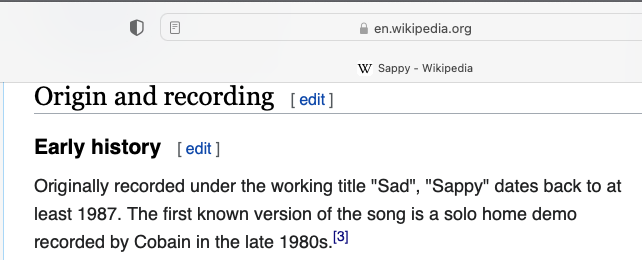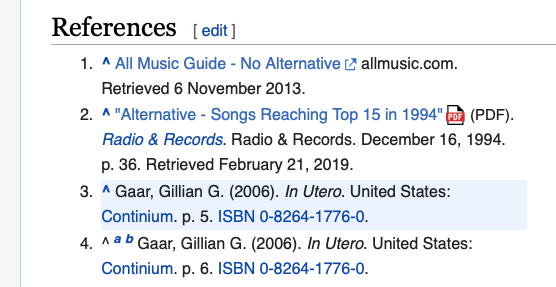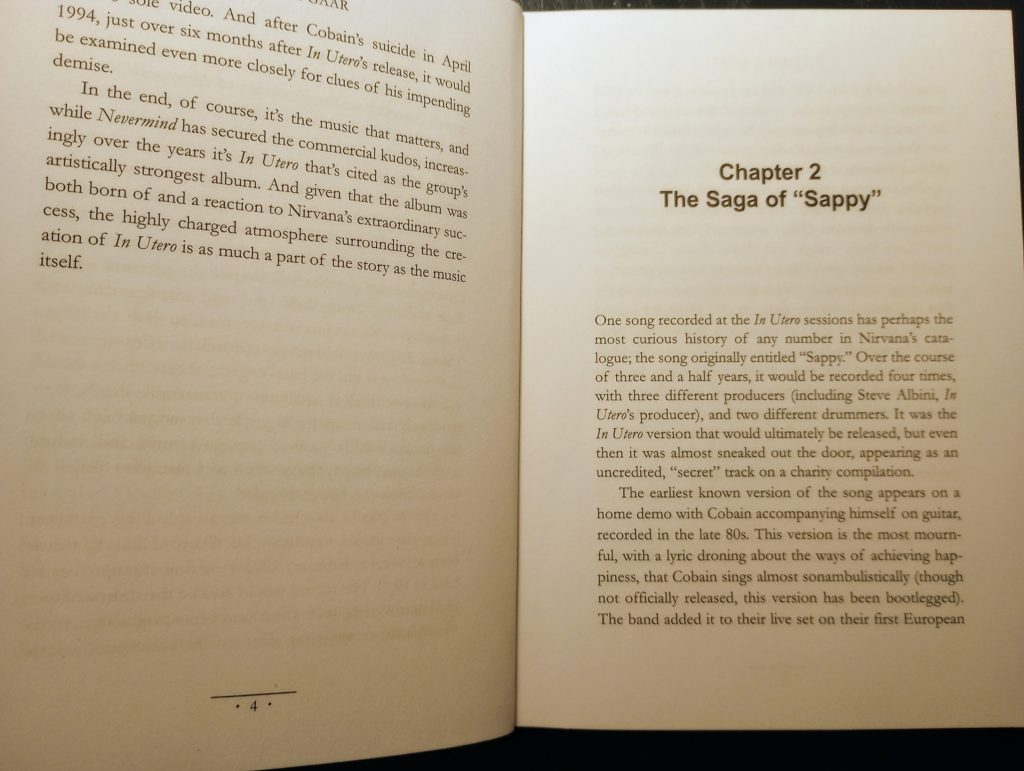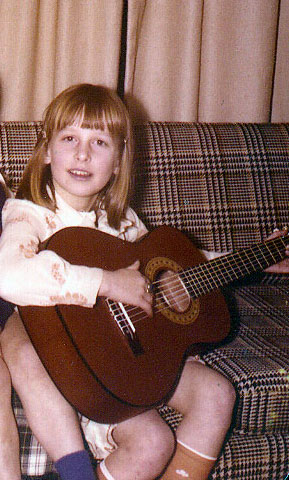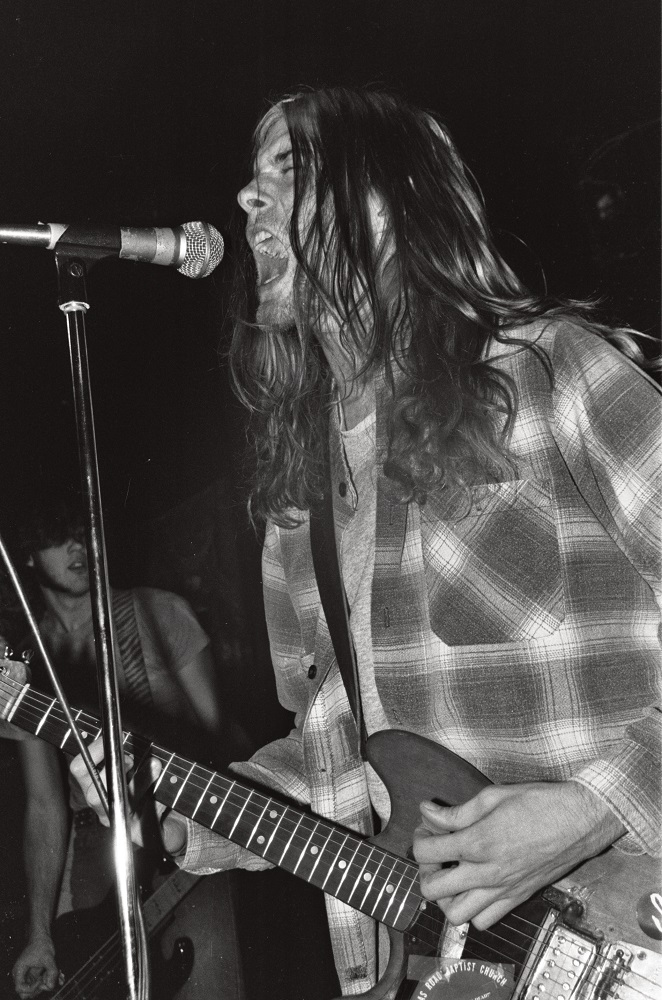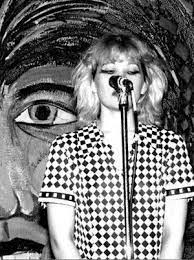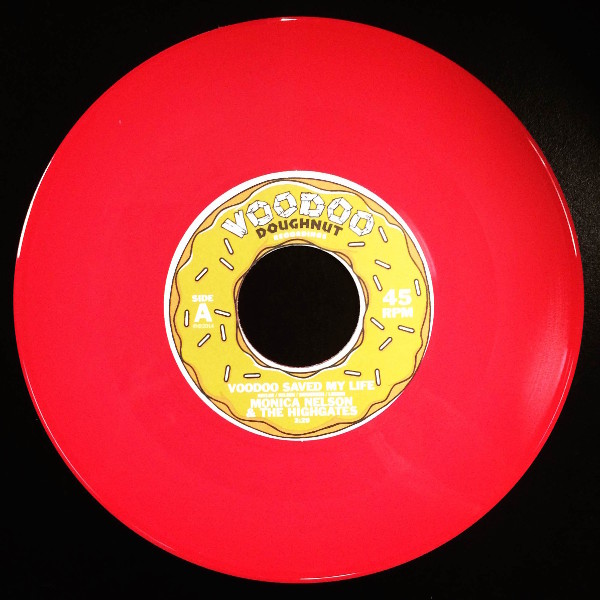Profound innocence, profound theft
Sometimes I speak of Chris as being profoundly innocent. I suppose people who only see the most superficial parts of a person might find that confusing, though that’s a bit hard for me to swallow. I’ve come to learn, though, that people – at least people around us – pretend to believe a lot of things they don’t actually believe. They do this because they feel it benefits them in some way, and they don’t seem to care who it harms, or maybe harm is their intent. So Chris, me, others are framed however is convenient or profitable for them to frame us.
It is very clear to me that Chris’ creative works have been regularly and systematically sabotaged and stolen. This has been going on the whole time he and I were together, though it may have accelerated since we moved to this apartment in 2014. And it was going on before we met. Right before we got together in February 2009 to do the Cramps tribute, Chris had been recording an album with a short-lived project called Lost Acolytes. Sam Henry played keyboards with this band, Dave Minick played bass, and Paul Vega drums. The Lost Acolytes recording session was financed by a guy named Greg Kroell (or Kroll, or Krohl – not sure of the spelling of his name – he was born around 1960 and apparently ran a local magazine called Events) who then, as financier, absconded with the files or demanded the album not be released. I believe the Lost Acolytes recording was made at a place called Platonic Studios and the engineer who recorded it was the same who recorded Boo Frog’s first record in 2009, Gary Schroeder. I don’t know what happened to Schroeder. When we worked with him was I believe in his early 50s and clean and sober and very healthy. I heard he died of cancer.
For all intents and purposes that Lost Acolytes album has vanished.
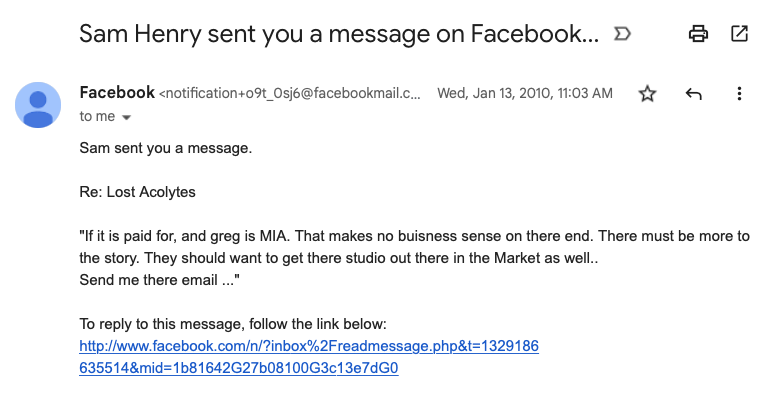
The setups created by this character Kroell go back to the early 1980s and are worth their own entry.
Another thing worth looking at more closely is how Chris was able to have physical belongings stolen from him his entire life and never realize it was happening. Something similar, on a smaller scale, has been happening to me, so I can basically understand it, but it’s a unique kind of theft. Another examination worth its own entry. But the basic outline of it it that it’s a gradual erosion, and the things that are most often taken tend to be things you store but don’t often go back to, like letters and journals. You only notice they’re missing when you want to go back and find a particular journal or set of letters, and then you might second guess yourself about what happened to them, because why would someone come into your apartment and steal old journals?
On March 31, 1996 Gun Club frontman Jeffrey Lee Pierce died of a brain aneurism at age 37 (another biomedical assassination, same as the 1991 aneurism death of Pandoras frontwoman Paula Pierce). Jeffrey Lee Pierce had been influential on Chris’ music. When Chris found out about this several months later, he created a tribute show which took place on December 11, 1996. Days after the tribute show, Chris’ honeytrap wife Valarie created a scene in a 7-11, causing the cashier to call police who found evidence of heroin in their belongings and arrested Chris for possession. This was a string of traps that led to them becoming homeless, and Valarie to a life of prostitution.
Chris’ memoir over this time is fragmented, he jumps from time to time, so it’s not clear to me at this point how much time he initially spent in jail after this arrest. It may have been a couple of weeks. Here is what Chris wrote in his draft memoir about what happened when discovered when he got home, verbatim.
When I was released from jail our Kelso landlord and my well meaning brother in law, Tim had loaded up all our belongings and supposedly dumped most of it. I know that’s a lie because Val and I had collectesd alot of shit in the last six years we had been married. There were obvious sentimental valuables as well as art and books, rare vinyl records signed by Sky Saxon of the Seeds and Moby Grape’s autographed albums. My sister’s husband Tim was embarrased about My jail term and drug use. He honestly believed the landlord (who was a Kelso Assembly of God church member) was in his rights to confiscate all our belongs. I don’t know if Tim knew we were paid up on our rent. Valarie and I were suddenly homeless on the streets of Portland. The situation was extremely fucked up. I was angry as hell, but as usual a junky is all talk. We never quite got around to sueing the mother fucker, or even talking to the shithead.
I’m sure that Chris would have removed those last sentences if he were going to publish the memoir, but after seeing what happened to Chris, I myself am angry as hell.
US agencies like the FBI seems to have exploited the ignorance and sense of entitlement of people like this to allow them to do all kinds of horrible things to us, and they themselves have facilitated these crimes, and worse. Fraud, theft, trespass, kidnapping, and murder are crimes, regardless of who is behind them. Chris’ innocence or confusion is displayed in his writing, beginning with the adjective “well meaning” and ending with “shithead.” Was he well-meaning, or was he a shithead?
Chris, typically, failed to see where the true losses lay – at least from my perspective. It wasn’t in the vinyl signed by Sky Saxon but Chris’ letters and journals. He lost all his journals, including diaries kept while on his European Tours, and he lost letters, including “love letters” from Courtney Love when she was in England and Ireland in the early 1980s. Also, if my own journals are any indication, there would probably have been significant evidence of intellectual property theft in Chris’ journals.
This whole scenario, by the way, was played out in my life as well, in a honeytrap situation, in the early 2000s. It was something I witnessed, not something that happened to me, but in retrospect it was clearly a set up, because among the belongings that were taken were items that supposedly had once belonged to Kurt Cobain.

